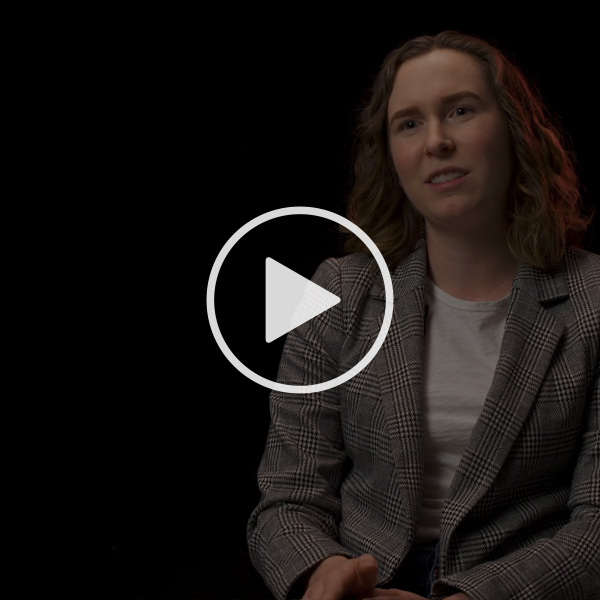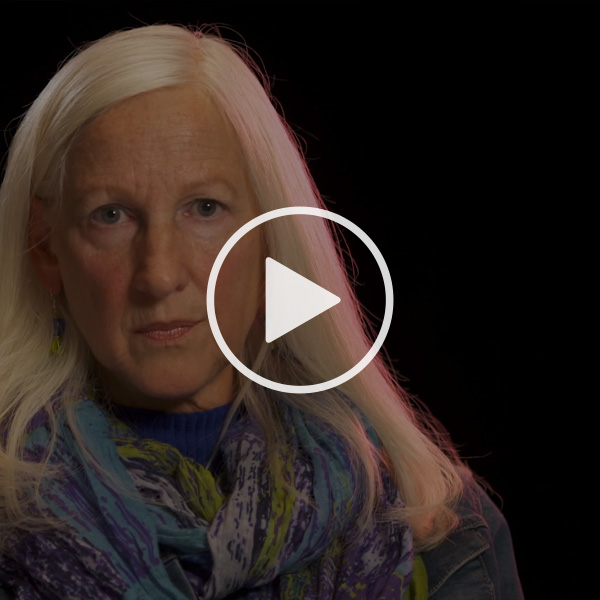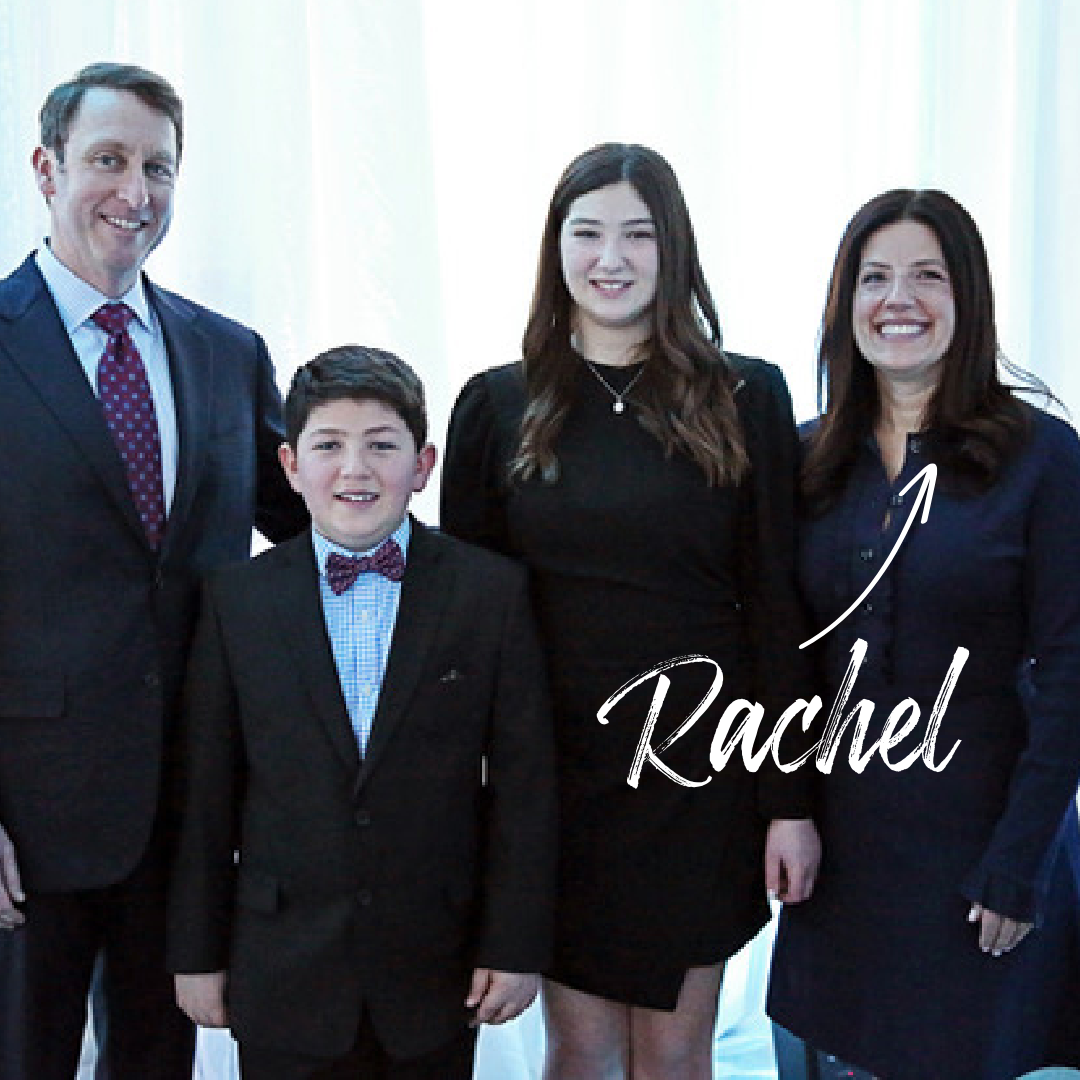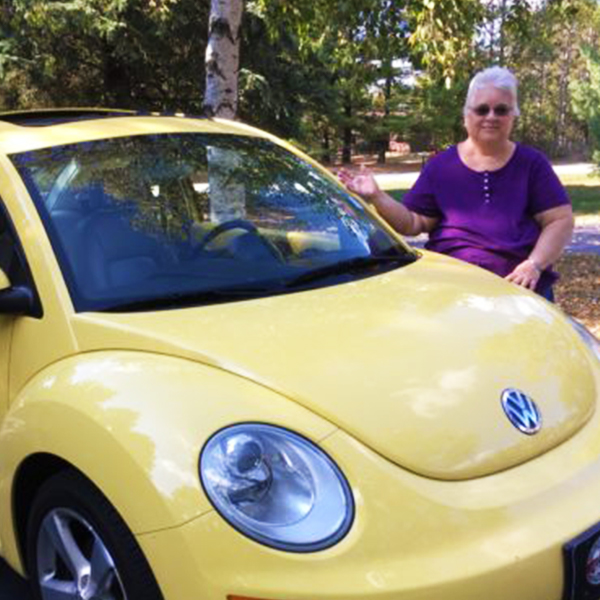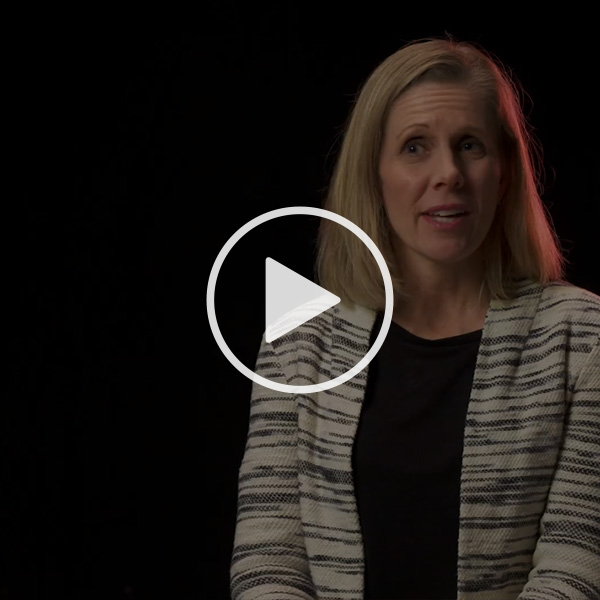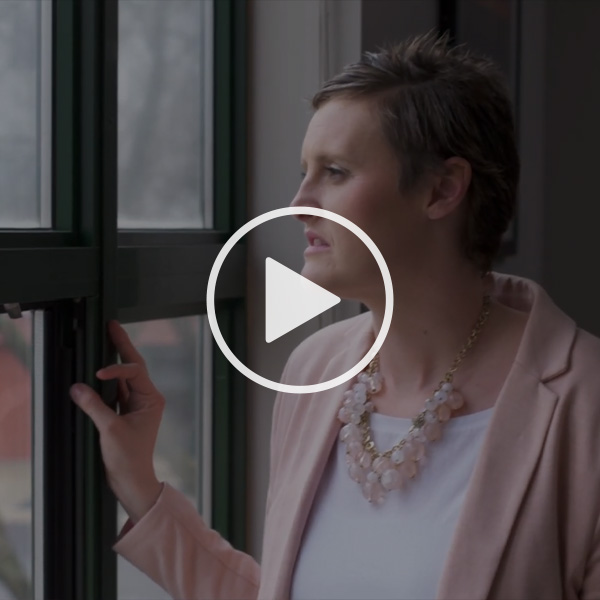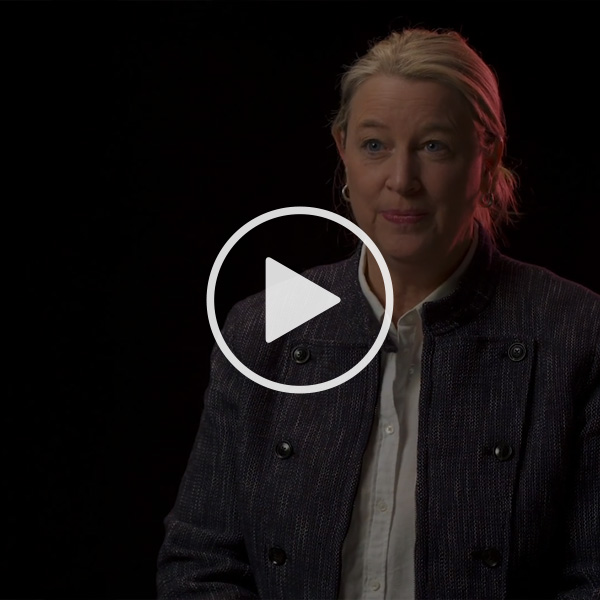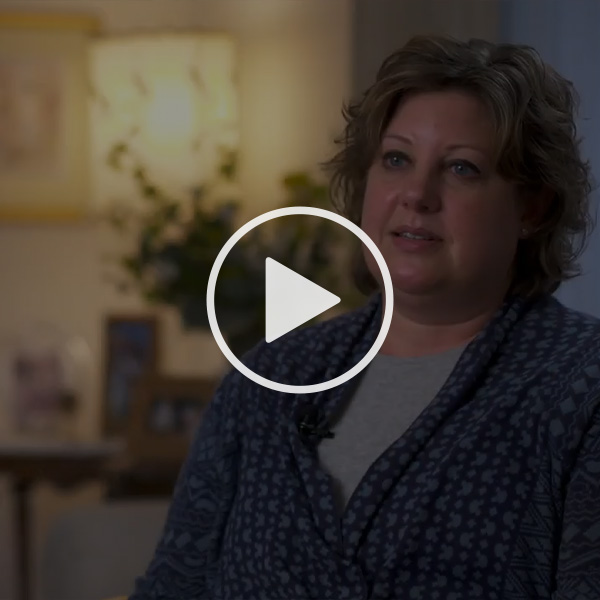Mentor Recipes
Triple Bean Salad-Kim Pagano
¼ cup lime juice
2 Tbsp olive or vegetable oil
1 clove garlic crushed
½ tsp chili powder
½ tsp ground cumin
¼ tsp sugar
¼ tsp salt
1 can (16oz) red beans rinsed and drained
1 can (16oz) black beans rinsed and drained
1 can (16oz) white beans rinsed and drained
1 can (15oz) whole kernel corn, drained
1 small red onion finely chopped
¼ cup cilantro, finely chopped
Directions:
In large bowl whisk first 7 ingredients until well blended. Add beans, corn, onion and cilantro and gently toss with dressing to coat well. Cover and refrigerate for up to four days. Stir before serving.
Pollo e Asparago – Holly Schulz
Ingredients
2 Chicken Breasts sliced in half, or 4 thin chicken breasts
8 Tablespoons butter divided
½ cup Italian Bread Crumbs
½ cup plus 1 Tablespoon grated parmesan divided
1 teaspoon garlic powder
¼ cup flour
1 bunch of asparagus sliced into thirds
2 garlic cloves minced
Instructions
1. In a large skillet over medium heat melt 2 Tablespoons butter. To make the chicken: Melt remaining 4 tablespoons of butter in a shallow dish. In another shallow dish combine bread crumbs, parmesan cheese, garlic powder, and flour. Dip the chicken in the butter and then coat in the bread crumb mixture and place in skillet.
2. Cook on each side for about 3-4 minutes until the outside is crispy and the chicken is cooked throughout. Set aside on plate.
3. Add 2 Tablespoons of butter back to the skillet and saute the minced garlic for a minute. Add the asparagus to the skillet and saute until tender. Salt and pepper to taste and add some 1 Tablespoon parmesan. Add the chicken back to the skillet and heat for a minute or so. Serve immediately.
Chocolate Mirror Glaze Cake – Cindy Sellon
Ingredients
For the genolse
40g (l½oz) unsalted butter, melted, plus extra for greasing 5 medium free-range eggs
165g (S¾oz) caster sugar
2 large oranges, finely grated zest only
pinch salt
165g (S¾oz) plain flour
For the salted caramel sauce
55g (2oz) unsalted butter
130g (4½oz) soft light brown sugar
5 tbsp double cream
1 tsp sea salt
For the cream base
600ml (20fl oz) double cream
1 tbsp butter (to thicken, if necessary)
ivory gel food colour (optional)
For the chocolate glaze
150ml (Sfl oz) double cream
135g (5oz) caster sugar
55g (2oz) cocoa powder
3 leaves gelatine
To decorate
100g (3½oz) granulated sugar
50g (l¾oz) blanched hazelnuts
chocolate curls (optional)
Instructions
Preheat the oven to 350F. Grease and line two Sin springform cake tins with baking paper.
For the genoise, half fill a large saucepan with water and bring to a simmer. In a large heatproof mixing bowl, combine the eggs and sugar, then place the bowl over the saucepan (creating a bain-marie). Make sure the bottom of the bowl doesn’t touch the water.
Using a hand-held electric whisk, vigorously whisk the mixture for around 7 minutes, or until trebled in volume, pale and it leaves ribbons on the surface when the beater is lifted. Remove the mixture from the heat as soon as it is warm to the touch to avoid cooking the eggs.
Gently fold in the orange zest and salt. Sift the flour into the mixture in three batches, gently folding in each batch before adding the next. Slowly pour the melted butter down the side of the bowl and fold in.
Divide the mixture equally between the prepared cake tins, pouring from as low a height as possible. Place on the middle shelf of the oven and bake for 18-20 minutes, or until they are coming away from the sides of the tin and a cake skewer inserted in the middle comes out clean. Cool in the tin for 5 minutes then transfer to a wire rack to cool completely.
For the salted caramel sauce, put the butter and light brown sugar in a small saucepan over a low heat and stir until the sugar is melted (about 3 minutes). Drizzle in the double cream, mixing well – take care as the mix may splatter. Bring to the boil and simmer for 1 minute, then remove from the heat. Stir in the sea salt and set aside to cool, stirring frequently to prevent a crust forming. When cooled, whisk it for 1-2 minutes to incorporate some air.
For the cream base, whisk the double cream until stiff peaks form. Then whisk in the salted caramel to make a salted caramel cream. If the mixture is too loose, beat the butter until smooth and add to the salted caramel cream as necessary. Use a toothpick to add enough ivory food coloring to make a light brown/orange color (if using).
To assemble the cake, cut each cake in half horizontally to make four layers. Carefully place the first layer on a cake board. Using a palette knife, spread about 5mm of cream on top in an even layer. Place the next layer of genoise on top and repeat the cream and cake layers until you have four layers of genoise with salted caramel cream on top of each layer.
Apply a ‘crumb coat’ of cream all over the cake, ensuring any gaps are filled to give a smooth surface. Make sure there are no overhanging edges as this will affect the mirror glaze later. Transfer the cake to the fridge for 20-30 minutes.
Remove the cake from the fridge and add a final layer of cream all over, finishing it carefully using a palette knife (the smoother the cream, the better the final finish will be). Place back in fridge for 20 minutes, along with any remaining cream.
For the chocolate glaze, add the cream, sugar, cocoa powder and 150ml (Sfl oz) water to a small saucepan and heat gently until the sugar is fully dissolved. Keep stirring during heating. Bring to the boil and simmer for 2 minutes. Remove from the heat and leave to cool for 10 minutes.
Soak the gelatine leaves in a bowl of cold water for 5 minutes. Squeeze any excess water from the leaves and stir into the glaze until fully dissolved. Use a sugar thermometer to check the temperature of the glaze and cool to a maximum of l00F before using.
Pass the glaze through a fine sieve into a measuring jug and tap on a hard surface to encourage any air bubbles to pop.
Once the cake has finished cooling in the fridge, transfer to a wire cooling rack placed on a large baking tray to catch any excess glaze as you pour it over the cake.
Pour the glaze evenly over the top of the cake. Check the sides of the cake are covered and add more glaze if needed by reusing any excess glaze caught in the baking tray. Immediately transfer the cake to the fridge to firm up.
To decorate, make a caramel. Put the sugar and 1-2 tablespoons water in a small pan over a medium heat. Do not stir, just swirl the pan. Heat until the sugar is an amber caramel color, then remove from the heat.
Meanwhile, attach each hazelnut to the end of a cocktail stick. Very carefully dip each hazelnut into the caramel (the caramel will be very hot, so take care not to burn yourself) and hang over the edge of a work surface, using a heavy chopping board to hold the cocktail stick in place – protect the floor and any cupboards and with newspaper as the caramel will drip. This will form a caramel ‘spike’ as the caramel stretches. Once all hazelnuts are coated, trim the spikes to the same length using scissors and remove from the cocktail sticks onto a sheet of parchment paper.
To finish, put the cake on a serving plate and pipe small circles of salted caramel cream around the top edge of the cake and place a caramelized hazelnut on each circle.
Tips/Techniques
For this recipe you will need 2 x Sin springform cake tins, a large heatproof bowl (about 3 litres (S¼ pint) capacity), an electric whisk or freestanding mixer, a Sin cake board, a wire rack that fits in a large baking tray, a sugar thermometer, cocktail sticks, a piping bag fitted with small star nozzle and plenty of old newspaper or similar to cover the floor when making the hazelnut spikes.




